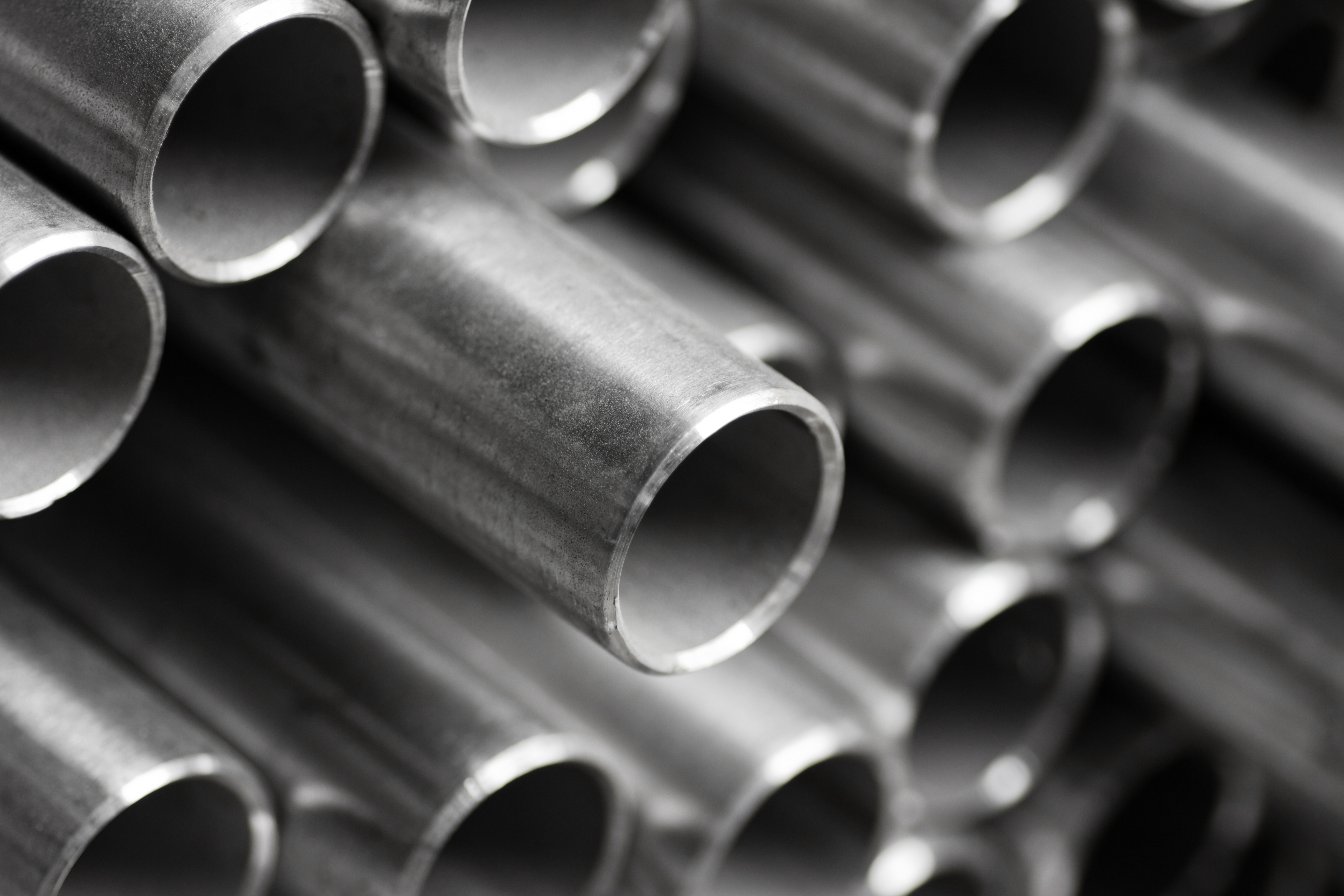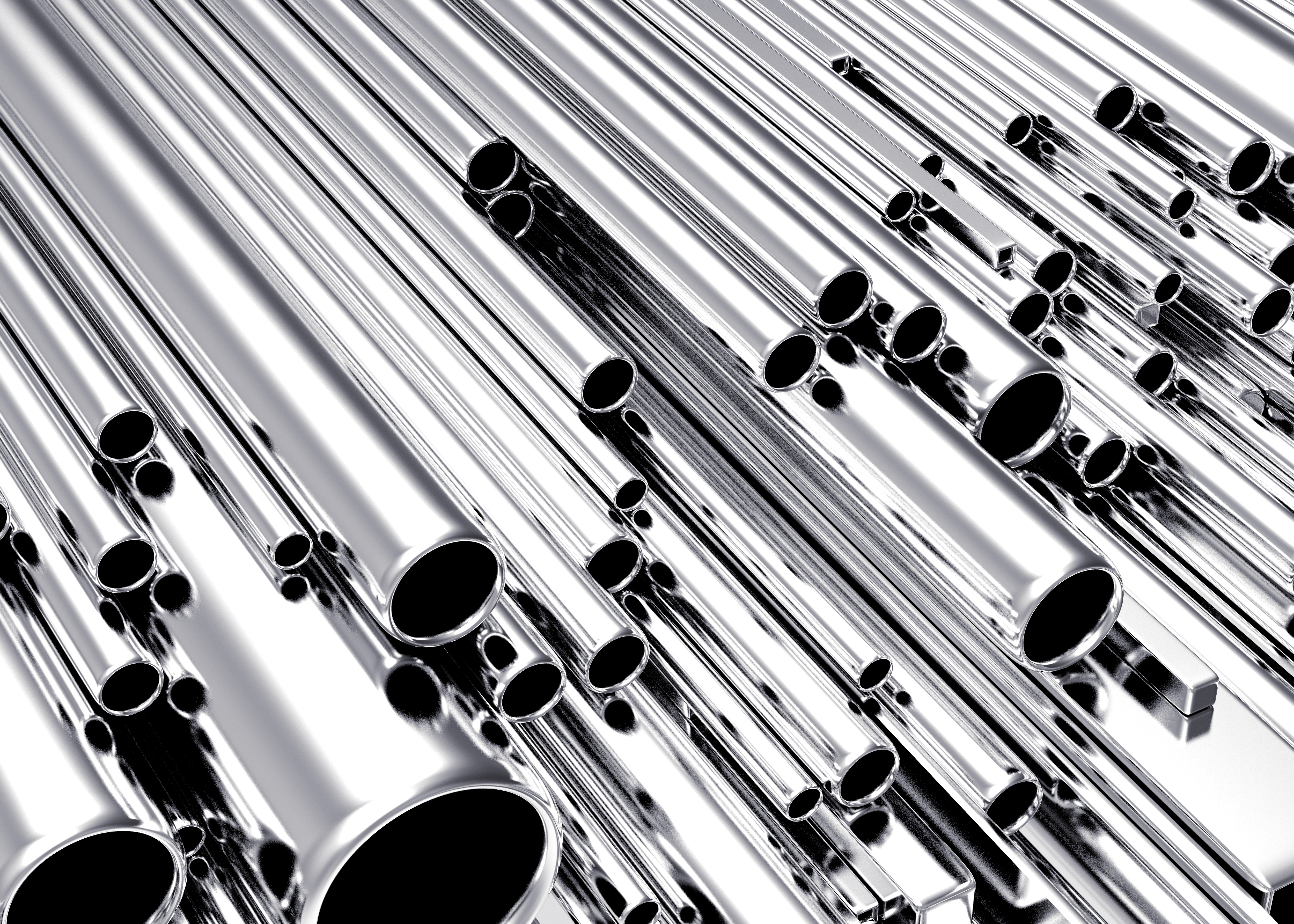Pipe - SS

Stainless steel pipes are versatile components used in various industries for conveying fluids, gases, and solids. They are prized for their corrosion resistance, durability, and high strength-to-weight ratio. Here's an overview of stainless steel pipes:
1. Composition:
- Stainless steel pipes are primarily made from iron alloyed with chromium, nickel, and other elements such as molybdenum, titanium, and manganese.
- The most common grades of stainless steel used in pipes are 304 and 316, known for their corrosion resistance and mechanical properties.
2. Types of Stainless Steel Pipes:
- Seamless Pipes: Seamless stainless steel pipes are manufactured without welding seams, resulting in a uniform and smooth interior surface. They are commonly used in high-pressure and high-temperature applications where strength and reliability are critical.
- Welded Pipes: Welded stainless steel pipes are fabricated by welding longitudinal or spiral seams. They are available in various sizes and thicknesses and are suitable for a wide range of applications, including structural, industrial, and plumbing.
3. Characteristics and Advantages:
- Corrosion Resistance: Stainless steel pipes offer exceptional corrosion resistance, making them suitable for use in harsh and corrosive environments such as chemical processing plants, marine applications, and offshore platforms.
- Strength and Durability: Stainless steel pipes exhibit high strength and durability, ensuring long-term performance and reliability even under challenging conditions.
- Hygienic Properties: Stainless steel pipes are non-porous and easy to clean, making them ideal for applications requiring high levels of cleanliness and hygiene, such as food processing and pharmaceutical manufacturing.
- Aesthetic Appeal: Stainless steel pipes offer a sleek and modern appearance, making them popular choices for architectural, decorative, and interior design applications.
4. Applications:
- Industrial and Chemical Processing: Stainless steel pipes are used in industrial plants, chemical processing facilities, and refineries for conveying corrosive fluids, gases, and chemicals.
- Oil and Gas Industry: Stainless steel pipes are employed in oil and gas exploration, production, and transportation for conveying crude oil, natural gas, and other hydrocarbons.
- Water and Wastewater Treatment: Stainless steel pipes are used in water treatment plants, desalination facilities, and wastewater treatment systems for conveying potable water, process water, and sewage.
- Construction and Architecture: Stainless steel pipes are used in construction projects for plumbing, HVAC (heating, ventilation, and air conditioning), structural support, and architectural detailing.
- Automotive and Aerospace: Stainless steel pipes are utilized in automotive exhaust systems, aircraft engines, and aerospace components due to their high-temperature strength and corrosion resistance.
5. Fabrication and Installation:
- Stainless steel pipes can be fabricated using various methods such as hot rolling, cold rolling, extrusion, and welding.
- Installation of stainless steel pipes follows industry standards and best practices, ensuring proper alignment, support, and connection to achieve leak-proof and reliable piping systems.
Stainless steel pipes offer a combination of corrosion resistance, strength, durability, and aesthetic appeal, making them versatile components in a wide range of industries and applications. Whether conveying fluids, gases, or solids, stainless steel pipes provide reliable and long-lasting solutions for demanding environments.
ASTM A312/A312M - Standard Specification for Seamless, Welded, and Heavily Cold Worked Austenitic Stainless Steel Pipes:
- This specification covers seamless, welded, and heavily cold worked austenitic stainless steel pipes intended for high-temperature and general corrosive service. It includes grades such as 304, 304L, 316, 316L, 321, and others.
ASTM A358/A358M - Standard Specification for Electric-Fusion-Welded Austenitic Chromium-Nickel Stainless Steel Pipe for High-Temperature Service and General Applications:
- This specification covers electric-fusion-welded austenitic chromium-nickel stainless steel pipe suitable for high-temperature or corrosive service. It includes grades such as 304, 304L, 316, 316L, and others.
ASTM A790/A790M - Standard Specification for Seamless and Welded Ferritic/Austenitic Stainless Steel Pipe:
- This specification covers seamless and welded duplex stainless steel pipes for corrosive service in elevated temperatures. It includes grades such as UNS S31803 (2205) and UNS S32205 (2205).
ASTM A928/A928M - Standard Specification for Ferritic/Austenitic (Duplex) Stainless Steel Pipe Electric Fusion Welded with Addition of Filler Metal:
- This specification covers duplex stainless steel pipes produced by the electric fusion welding process with the addition of filler metal. It includes grades such as UNS S31803 (2205), UNS S32205 (2205), and others.
ASTM A999/A999M - Standard Specification for General Requirements for Alloy and Stainless Steel Pipe:
- This specification covers general requirements for alloy and stainless steel pipe, including dimensions, tolerances, testing, marking, and certification requirements. It is applicable to various ASTM stainless steel pipe specifications.

